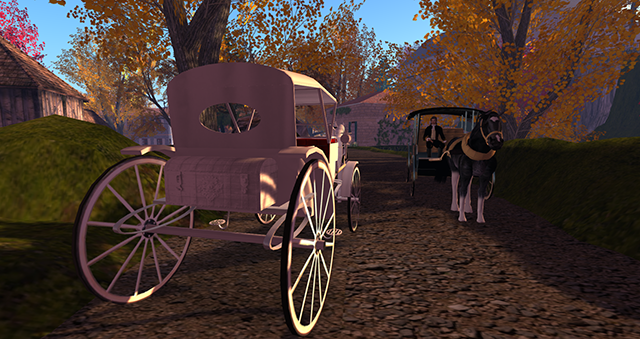 The horses in the Duch de Coeur had to be retrained recently to learn new routes around Languedoc, which previously carried most of the traffic that moved between regions. This brought backmemories of comments heard over the past 5 years that the carriages have been used. Out of 75,000 carriage trips by thousands of individuals, only 4 people have commented about the carriages driving on the left hand side of the road. Three of these people were French and wanted to clarify that France does NOT drive on the 'wrong' side of the road like the British.
The horses in the Duch de Coeur had to be retrained recently to learn new routes around Languedoc, which previously carried most of the traffic that moved between regions. This brought backmemories of comments heard over the past 5 years that the carriages have been used. Out of 75,000 carriage trips by thousands of individuals, only 4 people have commented about the carriages driving on the left hand side of the road. Three of these people were French and wanted to clarify that France does NOT drive on the 'wrong' side of the road like the British.
As far back as the ancient Greeks and Romans, traffic in most parts of the world kept to the left. Even in the new colonies in North America, trafficalso stayed tothe left. This went beyond custom insome places. Driving on the left was the law in Rome as of 1300 and in 1756 on theLondon Bridge. Most people are right handedso it makes sense to stay to the left for right-handed greetings and self-defense (e.g. swords)in on-coming traffic.Most people are also more aware of threats coming from their right rather than their left, so dangers from on-coming traffic coming too close can be handled more readily. So it appears that the British (and one third of the current world)have it right and the rest ofthe world has it wrong.
Learn about the "turning point" in traffic direction at the Duch de Coeur site!
Some people have been surprised at the snow and frozen canals in the duchy, especially as far south as Provence and Languedoc. Both southern areas are uncomfortably hot during the summer, and yet during the winter, the canals are frozen! We checked some records and found that this has been going on intermittently for centuries:
1507 - Port of Marseilles (Provence) was entirely frozen - 3 feet of snow fell
1565 - Rhone frozen entirely at Arles
1568 - 11 Dec., loaded carts crossed the Rhone on the ice.
1570, 1571 - End of Nov 1570 to end of Feb 1571, carts could pass across iced rivers in Languedoc/Provence
1594 - Sea frozen at Marseilles and at Venice (at least -20C)
1621-1621 Venetian fleet hemmed in by the ice in the channels of Venice
1638 galleys in the port of Marseilles blocked in by ice
1655, 1656 - Seine frozen from the 8th to 18th December and again on 29th Dec to 28th Jan.
1657, 1658 - Seine entirely frozen
1662, 1663 - Frost lasted at Paris from 5th Dec to 8th Mar
1676-1677 2 Dec - 13 Jan, Seine frozen 35 days
1684 Thames frozen at London to 11 inches thick
1709 Gulf of Venice and Mediterranean frozen at Genoa, Marseilles, Cette (Languedoc)
1716 Thames frozen - Great number of shops and stalls were established on the river
1740 Thames frozen
Since as recently as 1742, the Seine has been frozen at least 7 times:
1742 -10C
1744 -9C
1762 -9C
1766 -9C
1767 -16C
1776 -12C
1788 -12C
1749-1781 - temperature never dropped below -9C at Provence, but dropped to -17C in Marseilles!
Seawater typically freezes at about -2C. Most canals are freshwater, including much of the Canal du Midi which is fed from a mountain lake, so the freezing temperature is 0C.
OOC - from The London Literary Gazette and Journal of Belles Lettres, Arts, Sciences, &c. - 8 January, 1825
Low temperature at Provence for 1749-1781 has been corrected. The original source of this information is from the 27th volume of the "Annales de Chimie et de Physique" which according to William Darby in his book "View of the United States - Historical, Geographical, and Statistical" prints the extract with negative numbers while the Gazette printed some of the numbers (like the Seine temps) without negative signs.

